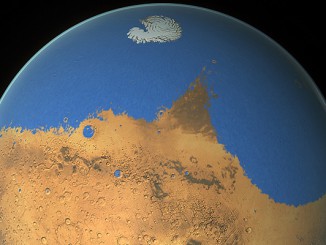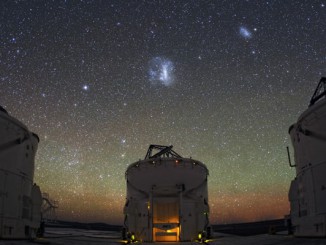
Month: March 2015


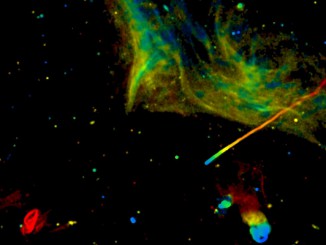
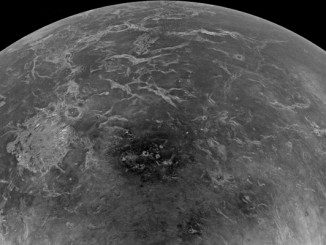
Venus revealed in high-resolution radar images from Earth
By combining the powerful radar transmitter of the Arecibo Observatory and the Green Bank Telescope (GBT) — the world’s largest fully steerable radio telescope — astronomers were able to penetrate the visually opaque atmospheric veil of Venus to make remarkably detailed images of the surface of the planet without leaving Earth.
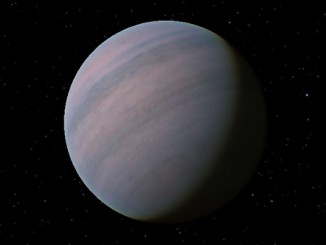
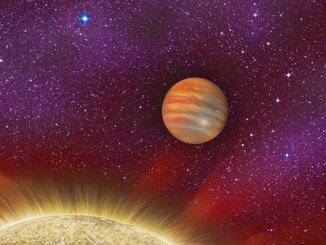
Enormous planet found to be in a quadruple star system
Astronomers have discovered the second known case of a four-star planetary system. The planet was known before and has a mass ten times that of Jupiter, but was thought to have only three parent stars, not four. The findings help researchers understand how multiple star systems can influence the development and fate of planets.
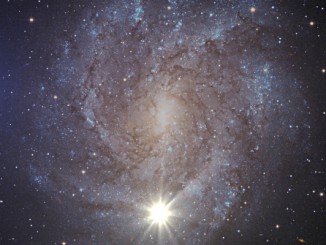
Thermonuclear supernova ejects Galaxy’s fastest star
Astronomers using the 10-metre Keck II and Pan-STARRS1 telescopes on Hawaii have discovered a Milky Way star travelling at a record 2.7 million miles per hour. Propelled by the thermonuclear detonation of a massive white dwarf companion, this hypervelocity star will escape the gravity of our Galaxy.

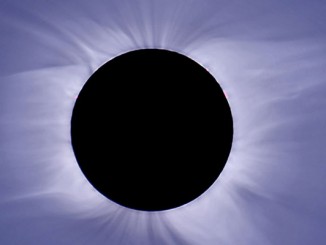
The 2015 Arctic total solar eclipse
On 20 March the shadow of the Moon will race across the North Atlantic Ocean at supersonic speed, narrowly skirting the south-eastern corner of Iceland and making landfall at only two places – the Faroe Islands and the Svalbard archipelago. A partial eclipse will be visible across the UK and Europe.
